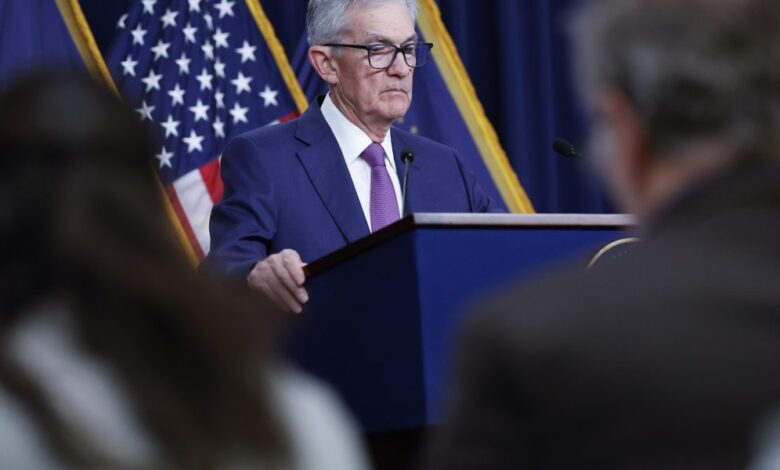Economic Hot Streak Continues as Fed Chairman Emphasizes 2% Inflation Target

The recent Federal Open Market Committee (FOMC) meeting has shifted market sentiments, with only 34% expecting an interest rate cut in the upcoming March meeting, down significantly from 73% a month ago. Despite evolving dynamics, economic data suggests little justification for a rate cut in March, and the Federal Reserve’s cautious approach is likely to persist until at least the end of the second quarter.
Inflation Surprises and Labor Market Tightness
December’s inflation exceeded expectations, reaching 3.4%, with core inflation rising 0.3% MoM and 3.9% YoY. The services sector primarily fueled inflationary pressures, exacerbated by a tight labor market. Unemployment remained at an ultra-low 3.7%, and wage growth accelerated to 6.5% YoY in November. Consumer spending, supported by higher wages and robust sentiment, outperformed expectations, with retail sales rising 0.6% MoM and 5.6% YoY in December.
Fed Chairman’s Hawkish Signals
Although Fed Chairman Jerome Powell hinted at discussions about rate cuts entering view, the market may have misconstrued his stance. Powell consistently emphasizes the 2% inflation target as the primary objective, even if it means enduring an economic slowdown. With core inflation nearly double the target, there is little indication of an imminent rate cut in the first quarter.
Changing Dynamics and Potential Hawkish Shift
The changing composition of the FOMC may introduce a more hawkish stance, with only one of the four incoming members openly considering rate cuts. Some members emphasize the need for further declines in inflation, predict cuts in the second half of the year, or caution against market expectations getting ahead of the Fed. The committee’s cohesion in decision-making and potential contention over monetary policy calls could influence the timing of rate cuts.
Balancing Act in 2024
After grappling with inflation in 2023, the Fed sees a potential victory on the horizon. However, uncertainties, including geopolitical unrest, may impact inflation, while the effects of monetary tightening take time to materialize, possibly leading to an economic slowdown. Balancing the dual mandate of price stability and maximum employment becomes challenging in this complex environment. The Fed is expected to maintain a cautious stance on interest rates, even as core inflation approaches the 2% target, signaling a departure from aggressive rate-cutting predictions. The market is urged to embrace the reality of higher-for-longer rates in this evolving economic landscape.



